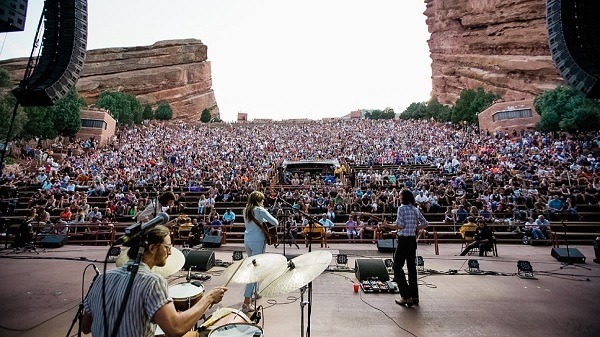Australian art- Through The Ages
Australian art is a unique and diverse style that has evolved over many years. This article will give you an overview of the history of Australian art from its earliest days to the present day.
The earliest European art in Australia was from the Dutch. Aboriginal art is the oldest in Australia, beginning around 40,000 years ago. Australian artists have created a unique style of painting that incorporates their cultural heritage with European traditions and techniques. Various Australian art for sale can be found in art galleries.
Time period-1 (1788-1880)
The First Fleet landed in Australia on 26 January 1788 at a place that was named Botany Bay. It was the first European group to arrive on the continent of Australia and marked the beginning of European settlement in Australia. The 11 ships that made up this fleet were known as the First Fleet because they sailed with convicts from Great Britain to Australia.
The First Fleet was important for several reasons:
- It marked the beginning of the British colonisation of Australia.
- The process by which convicts were transported from England to New South Wales was known as transportation.
Time period-2 (1880-1945)
The themes of nature, landscape, and the Australian environment are common in Australian art. A lot of art during this period focused on the modernist style and an expressionist style.
During this period, there was also a lot of nationalism which is why some paintings were made with patriotic themes.
Themes like identity and environment are also important in the Australian culture, so they are often used as subjects for paintings.
Time period-3 (1945-1970)
The emergence of abstract art in the 1940s and 1950s was an exciting time for Australian artists. This was because it meant that they could finally explore their ideas without having to adhere to traditional styles or techniques. The development of modernism also gave way to newfound freedom among Australian artists, who began experimenting with new materials and concepts during this period. In addition, as more and more people became interested in art as a hobby or profession, Australia’s growing population meant more opportunities for artists to showcase their work. The growth of the art scene also led to improvements in technology: Artists were able to make better use of cameras and computers than ever before—which allowed them not only to learn more about how these tools work but also to see their final products more clearly than ever before!
Time period-4 (1970-1990)
The art world was in a state of flux. The commercial gallery system had been established and was beginning to flourish. Indigenous artists were increasingly recognised as important figures in Australian art, and the first generation of painters who were influenced by European modernism and abstraction emerged.
Art was viewed as an international phenomenon, with exhibitions travelling from country to country and artists moving between cultures. Artists began to explore issues such as identity and politics within their work; however, many other artists continued to produce figurative paintings that drew on classicist concerns or classical imagery from ancient Greece or Rome.
Time period-5 (1990-present)
Postmodernism was a movement in the arts in which artists and critics rejected traditional art forms, culture, and politics. Abstraction is a method of painting where there is no attempt to create an illusion or representation of what is visible. Conceptual art involves the idea rather than reality.
Conclusion
The environment has influenced Australian art, and many artists have attempted to capture and depict Australia’s natural beauty on canvas. You can buy Australian art for sale or just view them in one of the Australian art galleries.
Australian artists often depict their country’s scenic landscapes, frequently of various colours ranging from bright greens to browns. Their work often includes depictions of wildlife, the Australian outback and native flora such as eucalyptus trees found throughout Australia but not in other countries worldwide.







